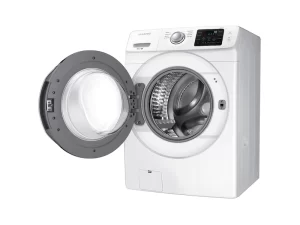How do you get rid of humidifier sickness?
Introduction
Humidifiers are commonly used to add moisture to indoor air, especially during dry seasons or in regions with low humidity. However, improper maintenance or misuse of humidifiers can lead to a condition known as humidifier sickness, characterized by respiratory symptoms and discomfort. If you are experiencing symptoms associated with humidifier sickness, it is crucial to take steps to alleviate and prevent further complications. In this article, we will explore various methods and strategies to help you effectively get rid of humidifier sickness and promote a healthier indoor environment.
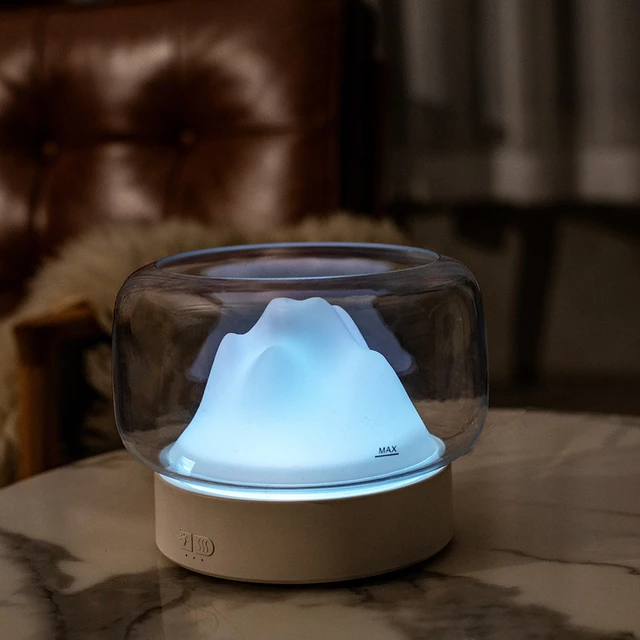
How do you get rid of humidifier sickness?
I. Understanding Humidifier Sickness
-
Identifying Symptoms:
- Humidifier sickness is characterized by symptoms such as respiratory congestion, coughing, sneezing, wheezing, sore throat, headaches, and general fatigue. These symptoms may worsen when spending time in the vicinity of the humidifier or in the room where it is used.
-
Recognizing Potential Causes:
- Humidifier sickness can stem from several factors, including the growth and dispersal of harmful microorganisms, such as mold, bacteria, or viruses, in the humidifier’s water reservoir or in the surrounding air. Additionally, excessive humidity levels can create an environment conducive to the proliferation of allergens and irritants.
II. Immediate Relief Measures
-
Discontinue Humidifier Use:
- If you suspect that your symptoms are related to humidifier sickness, the first step is to stop using the humidifier immediately. This allows for a decrease in the level of humidity in the environment and prevents further exposure to potential irritants or allergens.
-
Ventilation and Fresh Air:
- Open windows and doors to promote ventilation and allow fresh air to circulate in the affected area. Good airflow helps reduce indoor humidity levels and helps dissipate any airborne particles or microorganisms that may have contributed to the symptoms.
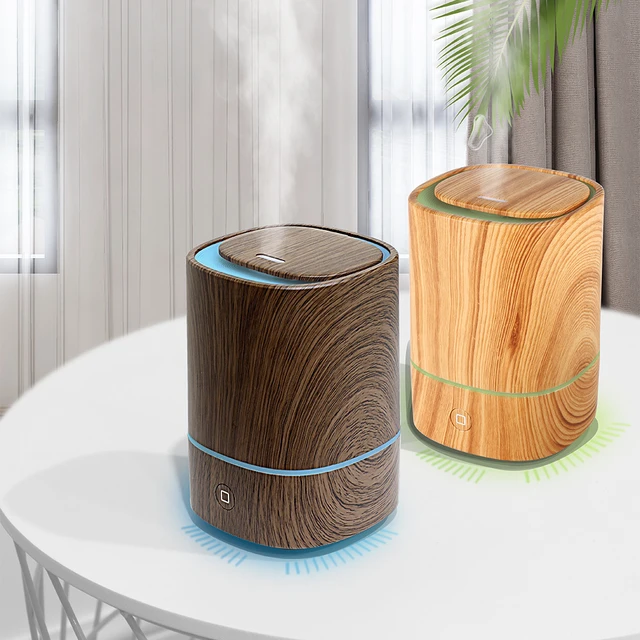
III. Cleaning and Maintenance
-
Thoroughly Clean the Humidifier:
- Begin by carefully following the manufacturer’s instructions for cleaning and disinfecting your humidifier. This typically involves disassembling and cleaning all removable parts with a mild detergent and warm water. Rinse thoroughly to remove any residual cleaning agents.
-
Disinfection and Sanitization:
- To eradicate any potentially harmful microorganisms, disinfect the humidifier by applying a mixture of one part vinegar and nine parts water or a hydrogen peroxide solution specifically recommended by the manufacturer. Rinse well after disinfecting.
-
Regular Cleaning Schedule:
- Establish a routine cleaning schedule based on the manufacturer’s recommendations. This generally involves cleaning the humidifier at least once a week and emptying and refilling with fresh water daily. Proper and consistent maintenance helps prevent the buildup of mold, bacteria, or other agents that can contribute to humidifier sickness.
IV. Controlling Humidity Levels
-
Monitor Humidity Levels:
- Invest in a hygrometer to measure the humidity levels in your home. Keep humidity levels between 30% and 50% to ensure a comfortable and healthy indoor environment. Maintaining proper humidity levels helps prevent the growth and proliferation of allergens and irritants that can trigger humidifier sickness.
-
Use a Dehumidifier:
- If you live in an area with high humidity levels or your home consistently experiences excessive moisture, consider using a dehumidifier to remove excess moisture from the air. Dehumidifiers work by extracting moisture and maintaining optimal humidity levels, reducing the risk of mold growth and potential respiratory issues.
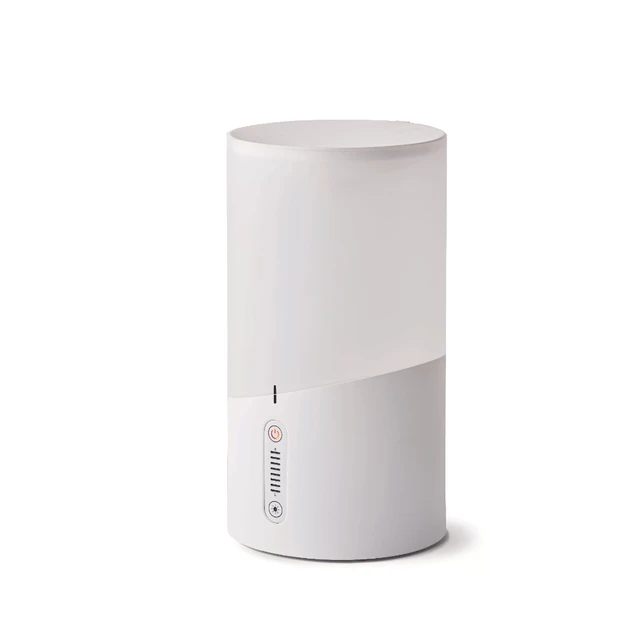
V. Water Source and Filtering
-
Use Distilled or Filtered Water:
- Opt for distilled water or water filtered through an appropriate system as the primary source for filling your humidifier. This helps minimize the introduction of impurities or contaminants into the humidifier and the surrounding air that can contribute to the onset of humidifier sickness.
-
Regularly Change Water:
- Empty and refill the humidifier with fresh water every day to prevent the accumulation of stagnant water that can foster the growth of microorganisms. Avoid using water from potentially contaminated sources, such as untreated tap water or water that has been standing for an extended period.
VI. Air Quality Improvement
-
Air Purification:
- Utilize air purifiers with high-efficiency particulate air (HEPA) filters to remove microscopic particles from the air. HEPA filters can capture allergens, dust mites, pet dander, and other airborne pollutants that may exacerbate respiratory symptoms associated with humidifier sickness.
-
Regular Dusting and Vacuuming:
- Dust and vacuum regularly to reduce the accumulation of dust, pollen, and other allergens that can contribute to respiratory issues. Pay special attention to carpets, upholstery, and other areas where allergens may accumulate.
VII. Seeking Medical Advice
-
Consult a Healthcare Professional:
- If symptoms persist, worsen, or become severe, it is vital to consult a healthcare professional. They can accurately assess your condition, provide a proper diagnosis, and recommend appropriate treatment options tailored to your needs.
-
Allergy Testing:
- If you suspect that your symptoms may be related to allergies or sensitivities, consider undergoing allergy testing. This can help identify specific triggers or substances that may be contributing to your symptoms. Identifying and avoiding these triggers can greatly alleviate the symptoms of humidifier sickness.
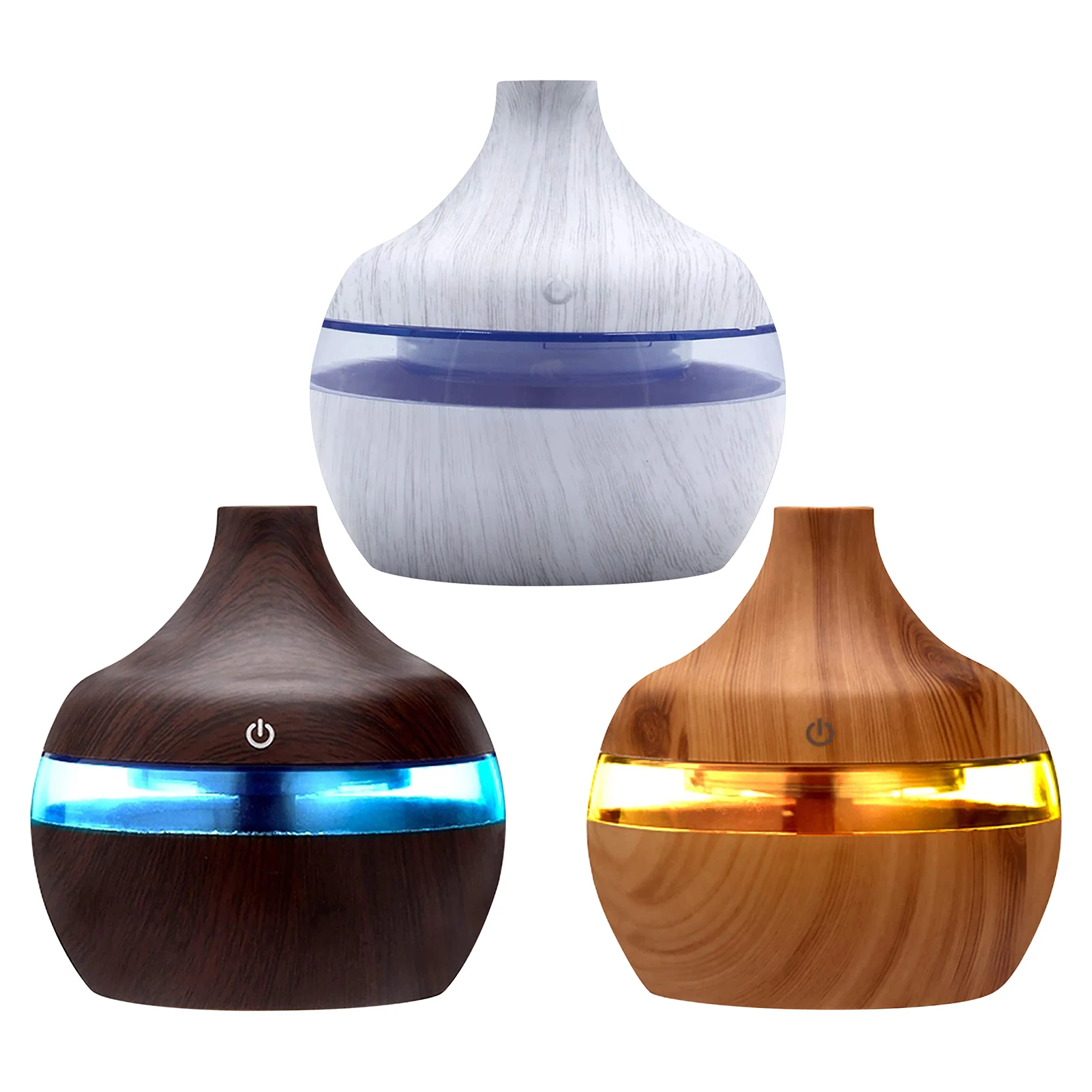
VIII. Prevention for the Future
-
Regular Maintenance & Cleaning:
- Follow a consistent cleaning and maintenance routine to prevent the recurrence of humidifier sickness. Implement a schedule to clean and disinfect the humidifier regularly, ensuring that it remains free from harmful microorganisms.
-
Optimal Humidity Management:
- Continuously monitor and manage humidity levels in your home to maintain a healthy and comfortable environment. Use a hygrometer to track humidity levels and adjust usage of the humidifier or dehumidifier accordingly.
-
Proper Water Source:
- Ensure that you always use distilled or filtered water when operating your humidifier. Minimize the introduction of impurities or contaminants that can contribute to the growth of microorganisms or exacerbate respiratory symptoms.
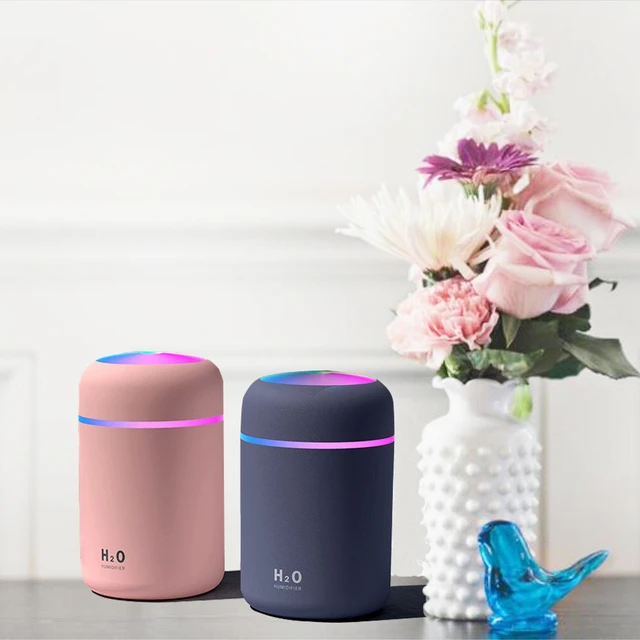
IX. Conclusion: Promoting Healthier Indoor Environments
Effectively getting rid of humidifier sickness involves a combination of immediate relief measures, thorough cleaning and maintenance of the humidifier, controlling humidity levels, improving air quality, seeking medical advice when needed, and adopting preventive measures for the future.
By implementing these strategies, you can alleviate the symptoms associated with humidifier sickness, create a healthier indoor environment, and enjoy the benefits of optimal humidity levels without compromising your respiratory health. Regular maintenance, monitoring, and appropriate cleaning practices are essential to providing a safe and comfortable space in which you can breathe freely and comfortably.

